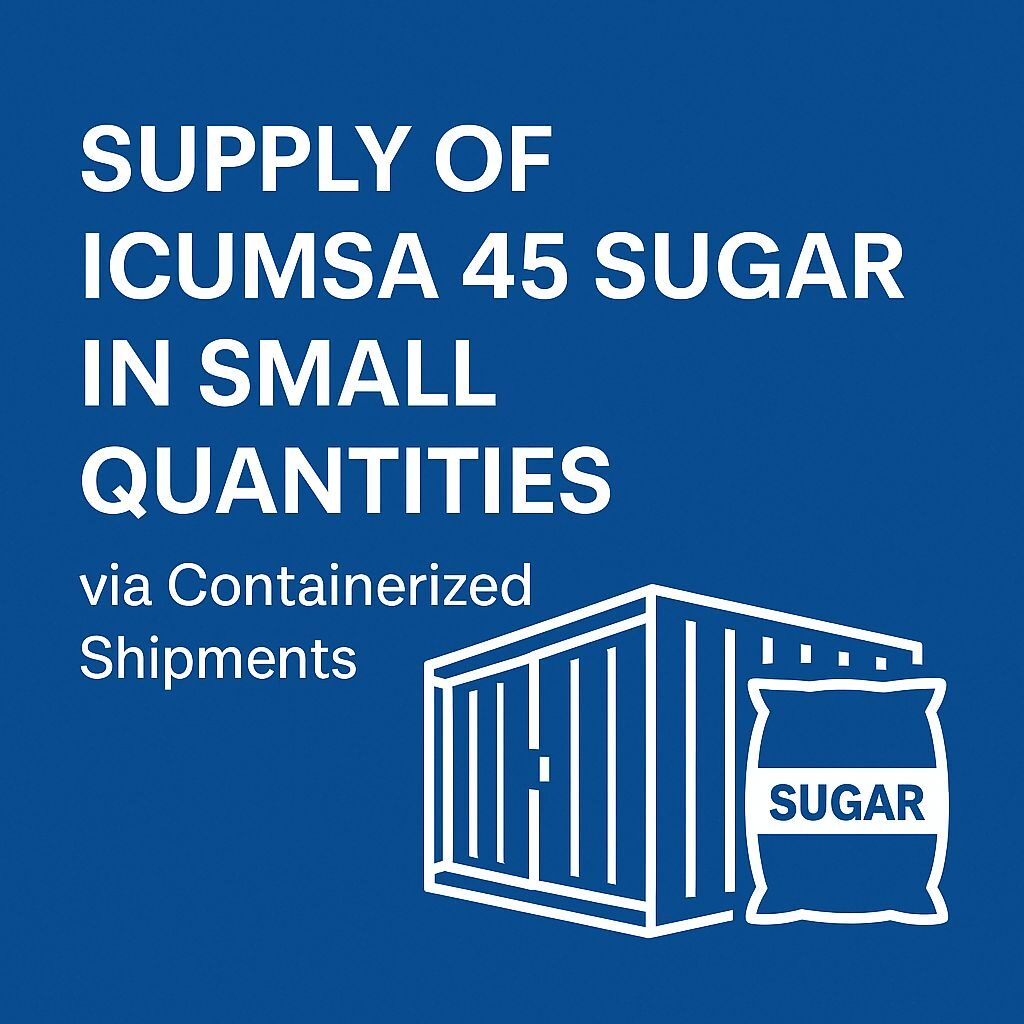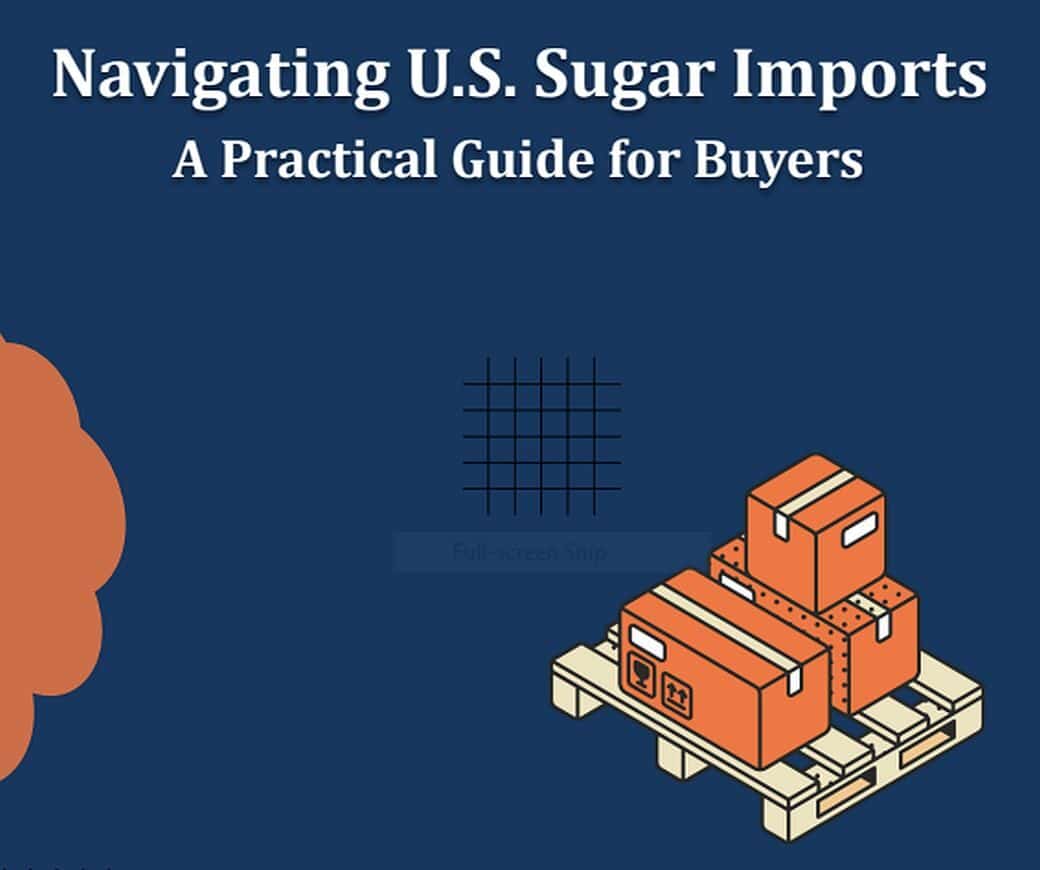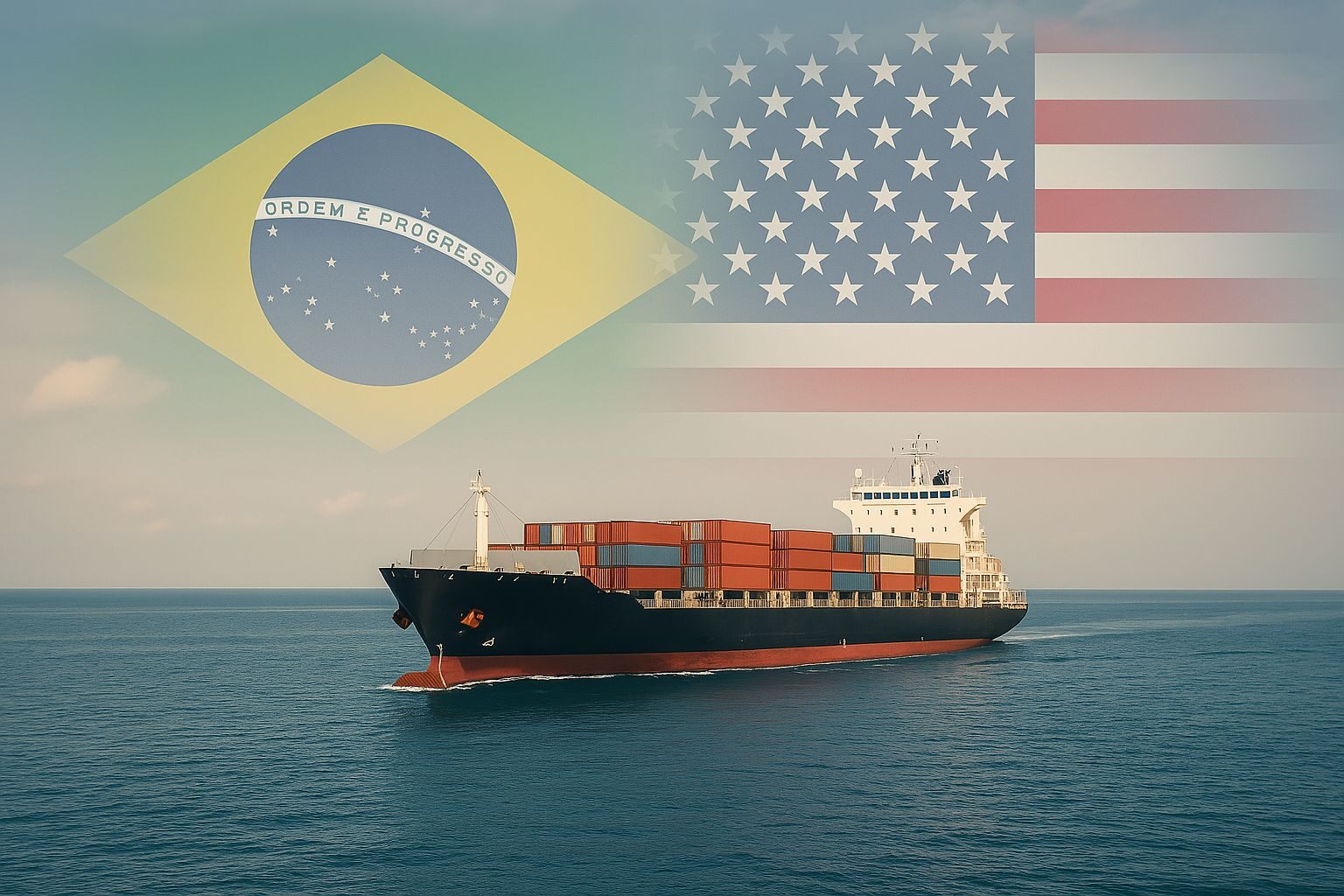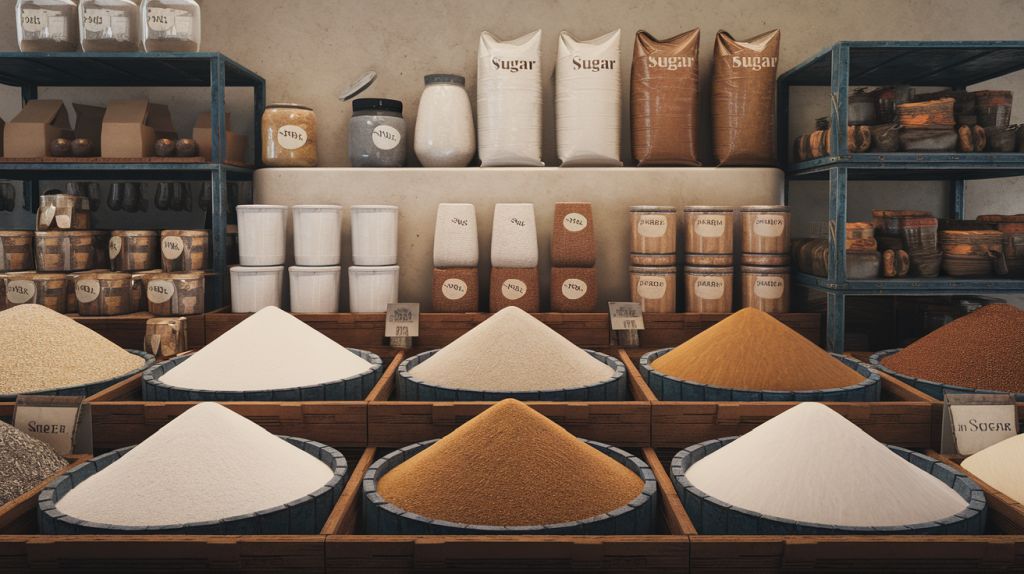Understanding Commodities: A Comprehensive Guide
Ever wondered what commodities are and why they’re so crucial to our global economy? You’re in the right place! In this comprehensive guide, we’ll dive deep into the world of commodities, exploring their definition, importance, and the fascinating history of commodity trading. So, let’s get started!
What Are Commodities?
Definition and Characteristics
Commodities are basic goods used in commerce that are interchangeable with other goods of the same type. Think of them as the building blocks of our economy. Whether it’s the wheat in your morning cereal, the gold in your jewelry, or the oil that fuels your car, commodities are everywhere.
So, what makes a commodity a commodity?
Three key characteristics set them apart:
1. Fungibility: This fancy term means that one unit of a commodity is interchangeable with another. For example, a barrel of oil from one producer is essentially the same as a barrel from another.
2. Standardization: Commodities are standardized to ensure consistency. This means that a pound of copper or a bushel of wheat meets specific quality and quantity standards, no matter where it comes from.
3. Tradability: Commodities are bought and sold on commodity markets, making them highly tradable. This liquidity allows for efficient pricing and easy exchange.
Types of Commodities
Commodities come in various forms, each with its unique characteristics and uses.
Here are the main types:
1. Agricultural Products:
– Grains: Wheat, corn, soybeans, and rice are staples in diets worldwide.
– Softs: This category includes coffee, cocoa, sugar, and cotton—essential for our daily lives and industries.
– Livestock: Cattle, hogs, and poultry are crucial for the food industry.
2. Metals:
– Precious Metals: Gold, silver, platinum, and palladium are valued for their rarity and use in jewelry, electronics, and industrial applications.
– Industrial Metals: Copper, aluminum, zinc, and nickel are essential for construction, manufacturing, and technology.
3. Energy Sources:
– Crude Oil: The lifeblood of the global economy, used in transportation, manufacturing, and more.
– Natural Gas: A cleaner alternative to coal, used for heating, electricity generation, and industrial processes.
– Electricity: An essential commodity for powering homes, businesses, and industries.
Importance of Commodities in the Global Economy
Commodities play a pivotal role in the global economy. They are the raw materials that drive industries, feed populations, and power economies. The trading of commodities ensures a steady supply of these essential goods, stabilizing prices and promoting economic growth.
Brief History of Commodity Trading
Commodity trading has a rich history dating back thousands of years. Ancient civilizations traded goods like spices, silk, and precious metals along the Silk Road. Fast forward to the 19th century, and we see the establishment of modern commodity exchanges, such as the Chicago Board of Trade (CBOT) and the New York Mercantile Exchange (NYMEX).
These exchanges revolutionized commodity trading by introducing standardized contracts and futures trading. Futures contracts allow buyers and sellers to agree on a price for a commodity to be delivered at a future date, providing a hedge against price fluctuations.
Commodity Markets and Trading
How Commodity Markets Work
Commodity markets are where the magic happens. These markets facilitate the trading of commodities, ensuring a smooth flow of goods from producers to consumers. Key players in these markets include producers, consumers, and speculators.
1. Producers: Farmers, miners, and energy companies produce the commodities.
2. Consumers: Manufacturers, food companies, and energy providers use the commodities.
3. Speculators: Investors who buy and sell commodities to profit from price movements.
Types of Commodity Trading
Commodity trading comes in various forms, each with its unique advantages and risks:
1. Futures Contracts: These are agreements to buy or sell a commodity at a predetermined price and date. Futures trading is popular among speculators and hedgers.
2. Options Contracts: Options give the buyer the right, but not the obligation, to buy or sell a commodity at a specific price and date.
3. Spot Trading: This involves the immediate delivery of a commodity at the current market price.
Factors Affecting Commodity Prices
Several factors influence commodity prices, making them highly volatile:
1. Supply and Demand: The balance between supply and demand is the primary driver of commodity prices.
2. Geopolitical Events: Political instability, wars, and trade disputes can disrupt supply chains and affect prices.
3. Weather Conditions: Weather patterns, especially for agricultural commodities, can significantly impact supply and prices.
4. Economic Indicators: Factors like inflation, GDP growth, and interest rates also play a role in commodity pricing.
Benefits and Risks of Commodity Investing
Investing in commodities offers several advantages:
1. Diversification: Commodities can diversify an investment portfolio, reducing overall risk.
2. Inflation Hedge: Commodities tend to perform well during periods of high inflation, providing a hedge against rising prices.
3. Potential for High Returns: The volatility of commodity prices can lead to significant gains for savvy investors.
Risks of Commodity Investing
However, commodity investing also comes with risks:
1. Price Volatility: Commodity prices can be highly volatile, leading to significant losses.
2. Market Manipulation: Large players can sometimes manipulate commodity markets, affecting prices.
3. Geopolitical Risks: Political instability and trade disputes can disrupt supply chains and impact investments.
How to Invest in Commodities
There are several ways to invest in commodities, each with its unique characteristics:
1. Direct Investment: Buying physical commodities, such as gold bars or agricultural products.
2. Futures Contracts: Trading futures contracts on commodity exchanges.
3. Exchange-Traded Funds (ETFs): Investing in ETFs that track commodity prices.
4. Commodity Stocks: Buying shares in companies involved in commodity production.
Commodities are the lifeblood of our global economy, playing a crucial role in industries, agriculture, and energy. Understanding what commodities are, how they are traded, and the factors that influence their prices can provide valuable insights for investors and consumers alike. Whether you’re looking to diversify your portfolio or simply understand the world around you better, commodities are a fascinating and essential part of our economic landscape.
Frequently Asked Questions (FAQs)
1. What are the most commonly traded commodities?
– The most commonly traded commodities include gold, crude oil, corn, and copper.
2. How do commodity futures work?
– Commodity futures are contracts to buy or sell a commodity at a predetermined price and date. They allow investors to speculate on future prices and hedge against price fluctuations.
3. What is the role of commodity exchanges?
– Commodity exchanges provide a platform for trading commodities, ensuring standardization, transparency, and liquidity in the market.
4. How do weather conditions affect commodity prices?
– Weather conditions can impact the supply of agricultural commodities, leading to price fluctuations. For example, droughts can reduce crop yields, driving up prices.
5. What are the benefits of investing in commodities?
– Benefits include diversification, inflation hedge, and the potential for high returns. Commodities can help balance an investment portfolio and protect against rising prices.
By understanding the world of commodities, you can make informed decisions and navigate the complexities of the global economy with confidence.







